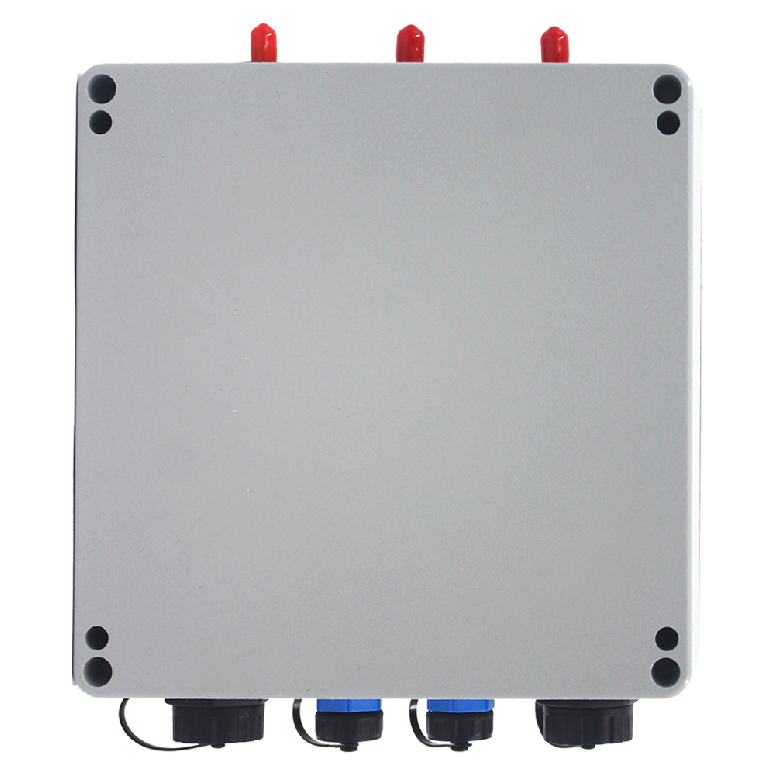In the digital age, the demand for remote working, smart home monitoring, and personal website hosting is on the rise. How to achieve secure and efficient remote access has become a focal point for many users. For 4G routers equipped with Ethernet interfaces, port forwarding is undoubtedly one of the key technologies to meet these needs.
I. Port Forwarding
Port forwarding, in simple terms, is the process of directing specific port requests from the external (public) network to a particular device or service within the internal local area network (LAN). This process breaks the physical isolation between internal and external networks, allowing remote users to access internal network resources as if they were accessing local devices.
Example Use Cases:
-
Remote Working: When you need to access your home computer from the office, you can map the router’s SSH port (default 22) to your home computer’s IP address via port forwarding to achieve secure remote login.
-
Website Hosting: Want to let internet users access a website deployed at your home? Simply forward the router’s HTTP (port 80) or HTTPS (port 443) to the website server, allowing global users to access your website through your public IP.
-
Smart Home Monitoring: Forward the video stream port of your home camera to the public network, and you can monitor your home in real-time no matter where you are.
II. Static IP and Internal Device Configuration

Before configuring port forwarding, two foundational tasks must be completed:
-
Static Public IP: Most home broadband services provide dynamic public IPs, which means the IP address will change periodically, affecting the stability of remote access. For long – term stable remote access, it is recommended to contact your ISP (Internet Service Provider) to apply for a static public IP.
-
Static IP Allocation for Internal Devices: To ensure that port forwarding consistently points to the correct internal device, you must assign a static private IP address to that device. This can be achieved through the router’s DHCP reservation feature or by setting a static IP directly on the device.
III. Port Forwarding Configuration Steps for 4G Routers
Next, we will use a common 4G router as an example to detail the port forwarding configuration process.
Step 1: Access the Router Management Interface
Open your web browser and enter the router’s default gateway address (usually 192.168.1.1 or 192.168.0.1). Press Enter to access the login page.
Enter the administrator username and password to log in to the router management interface.
Step 2: Locate and Configure Port Forwarding Rules
In the router management interface, look for options such as “Advanced Settings,” “NAT Settings,” or “Virtual Server.” The layout may vary by brand and model, but the core functions are similar.
Once in the port forwarding settings page, click on “Add New Rule” or a similar button.
Fill in the port forwarding information:
-
External Port: The port number used by public network users to access, such as port 22 for SSH.
-
Internal Port: This can be the same as the external port or set to a different port based on actual needs (ensure the internal service is listening on this port).
-
Internal IP Address: Enter the static private IP address of the internal device to which the traffic will be forwarded.
-
Protocol Type: Choose TCP, UDP, or both based on the service requirements.
Save the settings and apply the changes.
Step 3: Testing and Verification
After configuration, attempt to access your public IP and the configured port from an external network (such as a mobile 4G network) to verify successful connection to the internal device or service.
If access fails, check the firewall settings (including both the router firewall and the internal device firewall) to ensure that the relevant ports are not blocked.
IV. Security Considerations
While enjoying the convenience of port forwarding, security should not be overlooked. The following tips can help enhance the security of remote access:
-
Use Strong Passwords: Ensure that the login passwords for the router and internal devices are complex and not easily guessable.
-
Enable HTTPS: If hosting a website, be sure to enable HTTPS encryption to secure data transmission.
-
Restrict Access: Through router settings, limit access to the forwarded ports to specific IPs or IP ranges to reduce the risk of attacks.
-
Regularly Update Firmware: Keep the router firmware up to date to promptly fix known security vulnerabilities.























